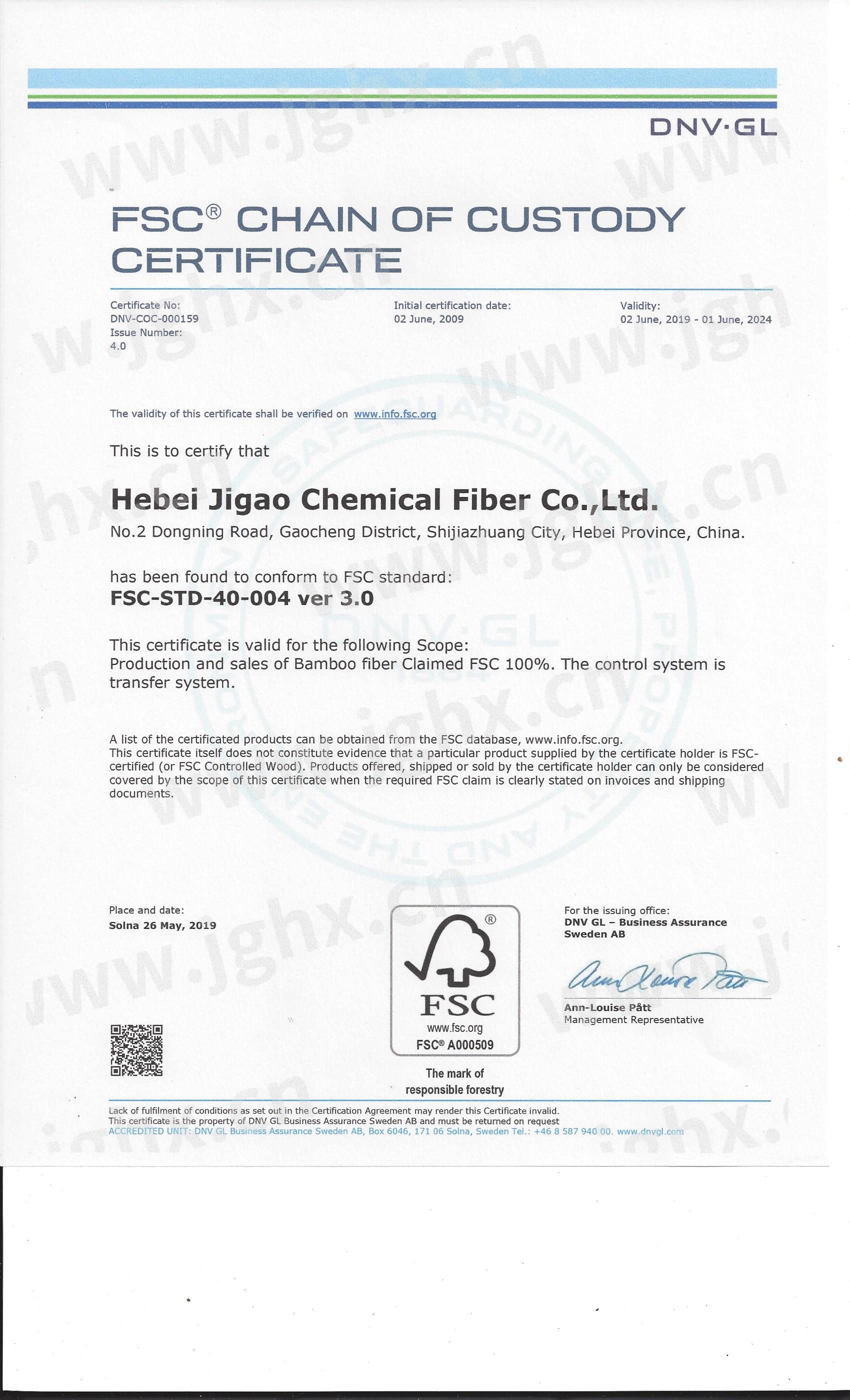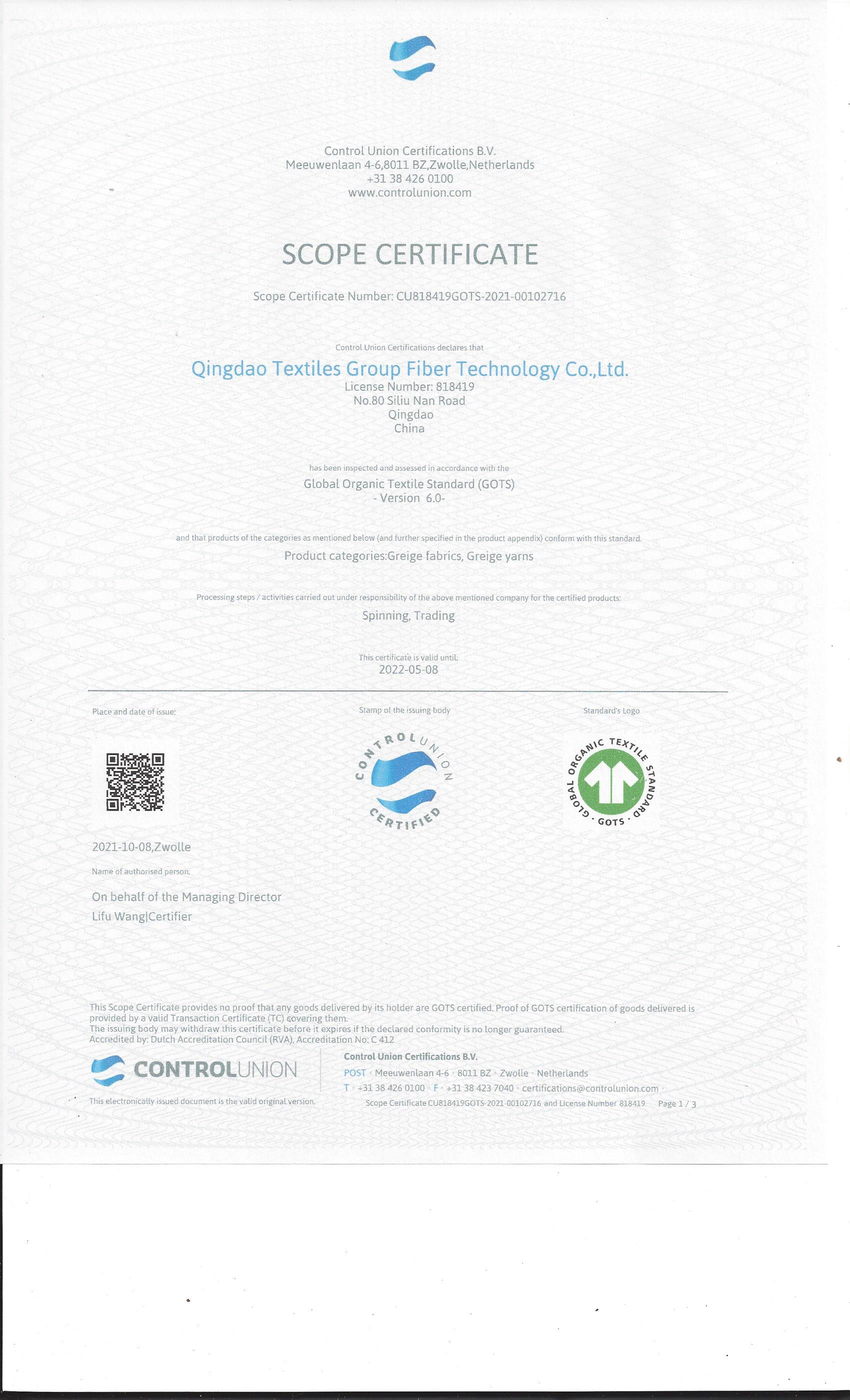Bambü Drü Textiles
Harm Less Solutions is proud offer to you Bambü Drü’s exciting eco-clothing and fabrics range that is literally 'to dye for'.
The concept behind Bambü Drü’s eco-style bamboo based clothing and fabrics is pure and simple. The base range is free from dyes and can be worn and used in their natural state or be used as the basis of your own design or colour; a veritable 'blank canvas' for you to create clothing to your own unique wants or tastes, or for the benefit of customers who want colour without the challenge of DIY we've done the dyeing for you on select product lines (using Oeko-Tex and GOTS compliant dyes). Of course, Bambü Drü is fabulous for people with allergies or those who simply want to get back to basics.

Bambü Drü uses fibre manufactured using the patented Tanboocell bamboo viscose process which ensures that its bamboo fibre boasts superior qualities such as exceptional moisture absorption, breathability and softness along with anti-bacterial and deodorization abilities.
The fibres used in Bambü Drü fabrics include viscose from bamboo, organic cotton and hemp, and are produced and processed under certified Organic and other ecologically sound conditions. The result is a range of garments and fabrics that are not only kind to your body due to their softness and natural purity but are also assured to afford similar kindness to the environment and workers that contribute to their making.
Our range of clothing, towels and fabric is imported from Bambü Drü in the United States and is manufactured in their own ISO9000 certified factories in China. Having perfected the growing, processing and fabric handling skills required to produce quality bamboo garments and linen, the Chinese are best placed to undertake these processes. By owning the factories and having direct contact with their fabric suppliers Bambü Drü can be sure of maintaining high product quality as well as the validity of their environmental, labour and Organic assurances.
We visited the Bambü Drü clothing factory in Suzhou, China on the return leg of a UK family visit in 2012 so can personally vouch for the conditions your Bambü Drü products were made under.
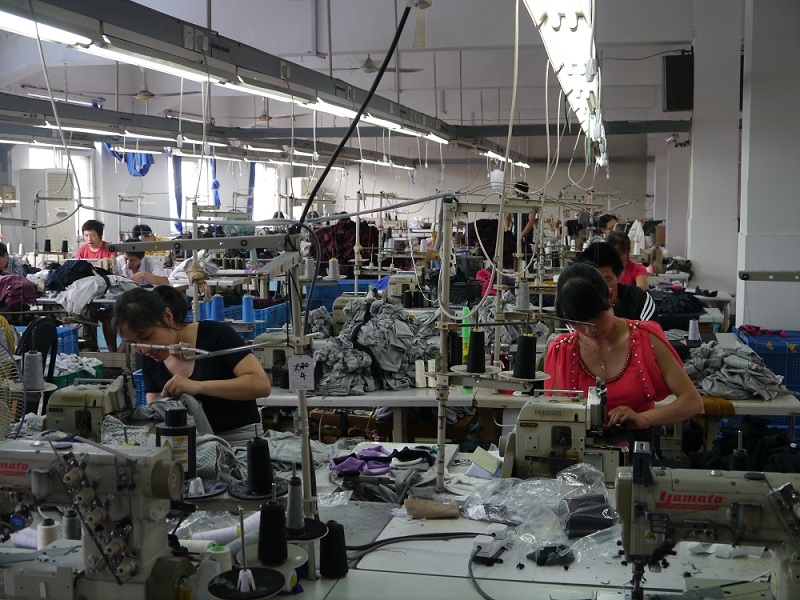
Why Bamboo Textiles?
Bamboo fibre’s many properties make it ideal for processing into textiles. The harsh raw fibre is transformed into a fibre that is exceptionally soft and light with an almost silky feel and natural lustre. It is breathable and cool to wear with incredible hydroscopic ability, equivalent to that of hemp, or approximately 60% more water absorbent than cotton. This quality gives bamboo fibre great ability to wick moisture away from the skin thus providing good insulation properties in either hot humid or cool damp conditions by shifting evaporation away from the skin surface.
Bamboo is also claimed to contain a bacteriostasis bio-agent named "bamboo kun". This anti-bacterial property of bamboo is utilized in specialist surgical, personal hygiene and food packaging products. That same quality is retained to a large degree in bamboo fibre manufactured using the Tanboocell process as the bamboo kun is bound tightly to the predominant bamboo cellulose molecule.
Bamboo fabric’s antistatic properties, its smooth round fibre characteristics and its antibacterial qualities all contribute to its having a natural deodorising property. The highly absorbent wicking action of bamboo clothing also helps to keep skin dry and free from the anaerobic bacterial conditions that contribute to body odour. The smooth surface of the fibres and the chemically benign growing and processing methods used for our products results in a hypoallergenic and dermatologically friendly fabric, perfect for those with eczema and other sensitive skin issues.
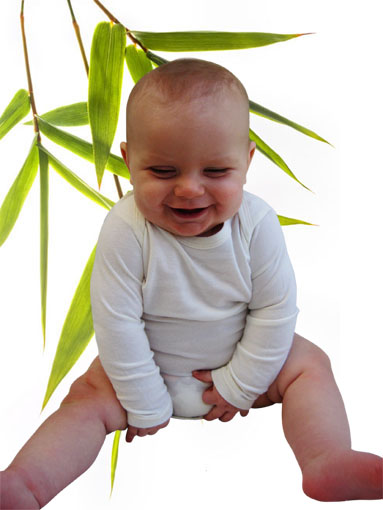
Processed bamboo fibre resembles cotton in its unspun form; a puffball of light, airy fibres. Despite the ultra soft feel of bamboo fabrics the strength of the original fibre is retained giving garments and linen a unique durability, tenacity and stability. While many companies use extensive bleaching processes to turn bamboo fibre white, Bambü Drü’s organic bamboo fabric leaves the bamboo fiber unbleached so retaining its light golden cream hue.
How Green is Bamboo?
Bamboo is a member of the grass family. At up to 1 metre per day its growth rate is exceptional, with bamboo being the fastest growing woody plant on Earth. As a critical element in the balance of oxygen / carbon dioxide in the atmosphere, bamboo is the fastest growing canopy for the re-greening of degraded areas and generates more oxygen than an equivalent stand of trees. Bamboo’s carbon sequestration ability is in excess of four times that of the equivalent area of young forest.
Bamboo is also naturally pest and disease resistant so requires few or no chemical inputs when farmed, unlike most cotton crops. Bamboo also has a small 'water footprint' as its irrigation requirements are minimal. Growing from an underground rhizome, bamboo will continue to generate new culms (stems) from the original plant after the harvest of mature culms.
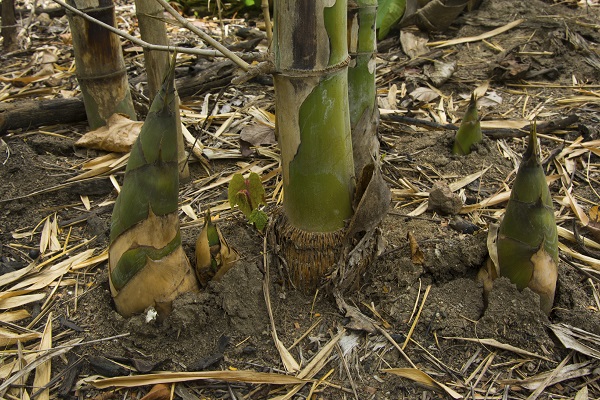
However, like many naturally based products that involve manufacturing processes to change a raw material into a final product there are various methods that can be utilised to transform the harsh natural fibres of bamboo into the bamboo cellulose based viscose that is recognized as one of the textile industry’s latest wonder fibres.
The bamboo viscose used in Bambü Drü products is derived from both sustainably harvested wild crop and organically farmed bamboo. The fibre is manufactured using the Tanboocel patented bamboo fibre process which utilizes mainly sodium hydroxide (caustic soda) in its manufacture. Caustic soda is widely used in food production, soap making, bio-diesel manufacture, on almost all cotton fabrics (including organic), and is approved for use on textiles under the Global Organic Textile Standards (GOTS). All potentially harmful parts of the manufacturing process are fully sealed with 99% recycling of caustic soda and nil discharge of process components to the local environment. The finished Tanboocell fibre passes the Oeko-Tex Standard 100 test for chemical residue and is biodegradable.
Bambü Drü - Fabric Care
Washing
In order to maintain bamboo fabrics’ special qualities wash in cold to warm water (up to 60°C) with a gentle detergent, free of bleach. Chlorine bleaches in particular often cause yellowing. You may want to use a gentle cycle for some finished garments and fabric types. If hand washing, rinse well to help prevent staining caused by oxidation of cellulose by the leftover soap build-up.
While our dyed items are very colourfast we advise washing these items separately, especially in the case of strongly coloured items.
Dry cleaning is not recommended for bamboo or hemp fabrics.
Dyeing
The base range of Bambü Drü garments are Prepared For Dyeing (PFD) and therefore can be successfully dyed without pre-washing. Bamboo, cotton and hemp are all cellulose fibres and respond well to dyes suited to this type of fabric, including natural dyes concocted from such materials as beetroot, coffee, nettle or barberry for example.
Dyeing should be undertaken at temperatures similar to that recommended for washing. Dyes that require boiling to 'set' are not recommended for bamboo fabrics. Do not use 'bio-polishing' enzyme treatments as fibre damage will occur.
Please be aware that a few of our fabrics contain a small percentage of poly fibre (for fabric stability) which will not react to dyeing. These fabrics may therefore not be suitable for some applications.
Drying
Line drying in the sun is best. Machine drying is okay but use the cool setting and don’t over do it. Over drying can result in damaged fabrics. Note that due to bamboo fabrics’ high moisture absorbancy qualities drying times are often longer than for other natural fibres.
Fabrics coloured using vegetable dyes should be dried away from direct sunlight.
Ironing
Ironing shouldn't be required for our bamboo and cotton garments but those containing hemp are more prone to wrinkling and may benefit from ironing while slightly damp.
Shrinkage rates
Trials we have undertaken have resulted in 5% shrinkage of our 400g & 500g Fleeces, and less than 10% for our 330g Hemp Fleece. The fabric was washed at the maximum recommended temperature of 60°C, line dried and steam ironed. We are confident that these shrinkage rates are the maximum expected for these respective fibre blends in all of our fabrics. For customers who intend making larger garments/items we recommend prewashing fabrics prior to pattern cutting, as should be normal practice.
Sewing
Bamboo fabrics will behave very similarly to comparable cotton fabrics. As is usual practice for knit fabrics use ball point type needles, matched with their recommended thread weight, in order to avoid breakage of fabric threads leading to runs. This is particularly important in regard to our lighter weights of jersey.
The use of a 'walking foot' on your machine is suggested for less problematic sewing of our stretch fabrics.
If you require further details or advice we're only an email or phone call away and are all too happy to help.

